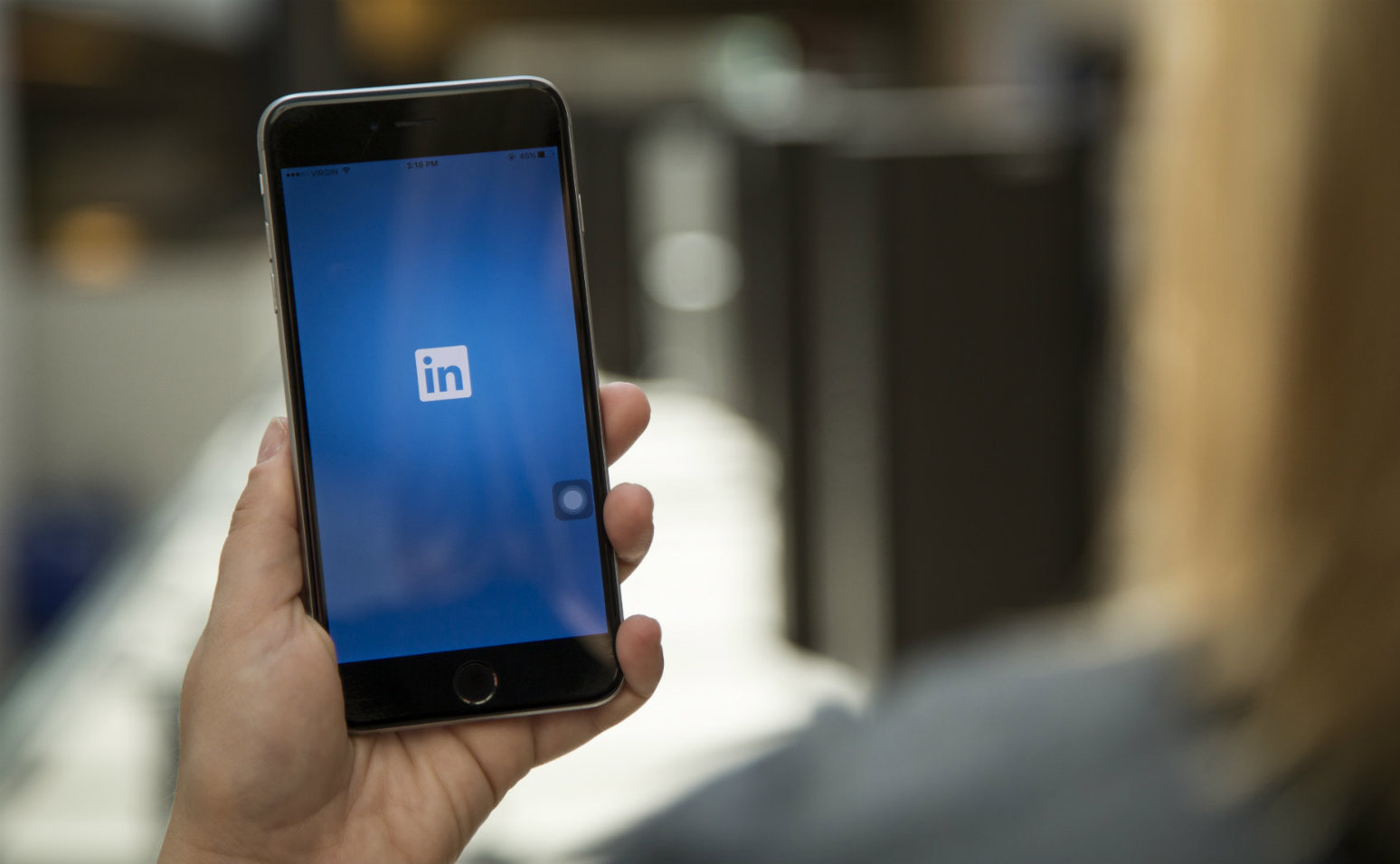With over 400 million users worldwide, LinkedIn isn’t just a powerful social media platform – it’s an essential one.
The professional networking website has become the norm in today’s job market. When looking for a new hire, it’s becoming increasingly common for employers to check out a candidate’s LinkedIn profile before deciding if they should get an interview.
It’s crucial to have a complete, professional, and up-to-date profile, but are you making your LinkedIn presence as strong as it can be? Jennifer Urbanski, Account Executive at LinkedIn Marketing Solutions, gives her expert advice on how to master a LinkedIn profile and why a presence on the social media platform is so important.
“Research by LinkedIn and third-party sources reveal that nine out of 10 hiring managers check out potential candidates on the platform,” Urbanski said. “If you’re not using LinkedIn to showcase your professional work story, then you’re missing out on opportunities.”
The benefits beyond the job hunt
LinkedIn is the go-to spot when you’re job searching, but Urbanski encourages users to engage with the platform in other ways. Follow influencers, gain fresh perspectives from thought leadership posts, and join groups related to your career path, she says.
Many LinkedIn users spend time updating their profile with their work experience, but networking is equally important. Reach out and engage with other professionals by liking, commenting on, and sharing what your network is posting.
“Going beyond your profile and actively engaging with your network allows you to maintain connections, demonstrate your passions and expertise, and show your network that you’re interested in what they have to say, as well,” Urbanski says.
LinkedIn allows users to get creative by including presentations, work samples, and projects. Users are encouraged to do more than simply post a list of job titles – they should explain their experience, skills, and successes.
“A recent study we conducted among Canadian recruiters and hiring managers showed that nearly 90 per cent of them feel it is important to get a sense of what type of person the candidate is rather than a list of past experience,” Urbanski says.
LinkedIn offers something for everyone - from students to CEOs
LinkedIn is an important tool to leverage at every stage of your career, Urbanski says. Whether you’re just entering the working world or you’re established in a leadership position, the social network can help you reach your next goal.
For students or those just starting out, LinkedIn offers a place to map out a career and plan where you want to go.
“A proactive way to achieve your long-term professional goals is to look at someone with your dream job and see the path he or she took to get there,” Urbanski suggests. “Also, tools like the LinkedIn Students app and Student Jobs can help students and new graduates land their first role.”
For professionals who are midway through their careers, LinkedIn can help keep up-to-date with your network and on industry best practices. The platform offers a low-burden way to learn and absorb new perspectives, while publishing your own updates and engaging with your connections can build your network.
And for those in a leadership position, LinkedIn is an excellent platform to demonstrate your thought leadership.
“Publishing posts on LinkedIn can help you highlight your expertise and increase your visibility among prospective clients, partners and employees,” Urbanski says. “Top talent will research not just a company, but its senior leadership so it’s important that you’re contributing to your organization’s employer brand.”
Networking is the best advice for students
Urbanski says the biggest piece of advice she’d offer students is to network.
“LinkedIn gives you an arena to find new contacts and maintain the professional connections you make throughout your career,” she says.
She encourages users to join their college or university alumni group on LinkedIn to connect with others in the workforce. Engage those networks in a thoughtful and professional way, she says, both in terms of content and in reaching out to potential connections.
“Remember, the best time to build up your network is before you need it, so engaging with your community of professionals on LinkedIn can yield important payoff down the road,” Urbanski says.



